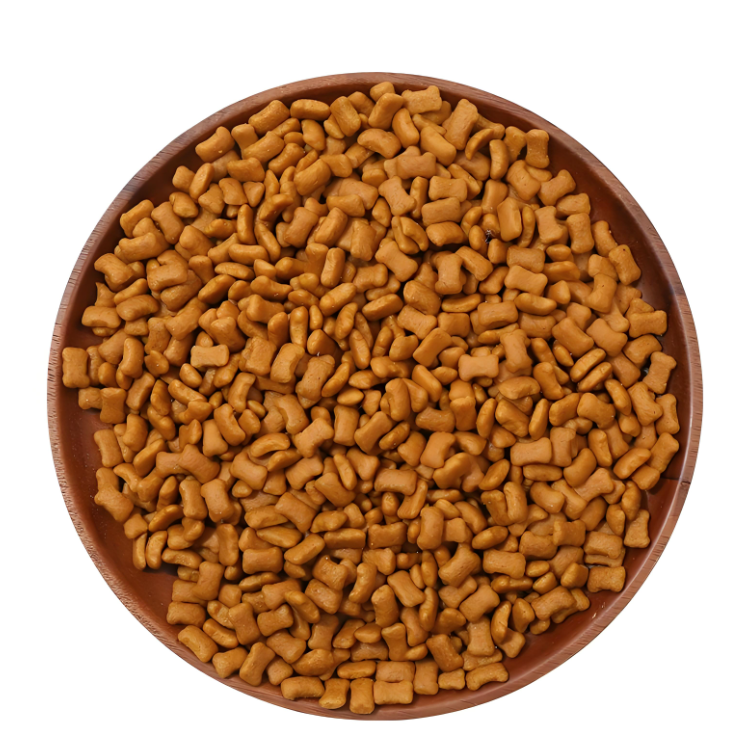Unveiling the Alchemy: A Deep Dive into the Production of High-End Aquaculture Feed
Introduction: Beyond Mere Sustenance
In the vast and rapidly expanding world of global aquaculture, the humble fish feed has undergone a radical transformation. No longer a simple concoction of fishmeal and grains, modern high-end aquaculture feed is a pinnacle of nutritional science, precision engineering, and biotechnology. It is a carefully engineered product designed to do far more than just stave off hunger; it is formulated to optimize growth rates, enhance health and disease resistance, improve fillet quality and coloration, and minimize environmental impact. The production of this feed is a complex alchemy, turning raw, often variable, ingredients into a stable, palatable, and nutritionally perfect pellet. This article pulls back the curtain on this highly sophisticated process, revealing the meticulous steps, cutting-edge technology, and relentless quality control that define the production of premium feed for species like salmon, trout, shrimp, sea bass, and bream.fish food making machine
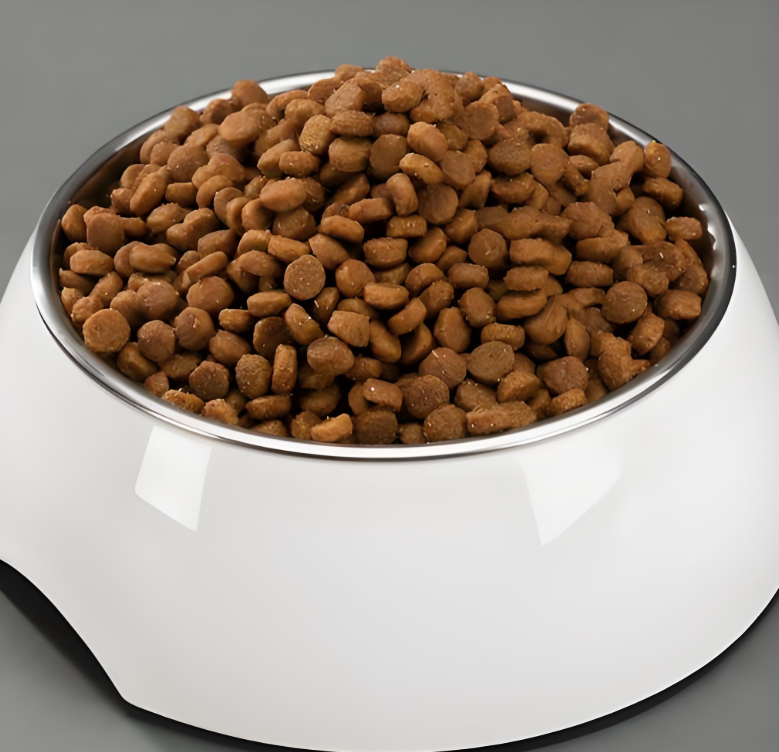
The stakes are immense. Feed can represent 50-60% of the total production cost in an aquaculture operation. Its efficiency—measured by metrics like the Feed Conversion Ratio (FCR)—directly impacts profitability and sustainability. An FCR of 1.2 means 1.2 kilograms of feed produces 1 kilogram of fish. Shaving that number down by even 0.1 through superior formulation and manufacturing represents millions of dollars in savings and tons of waste prevented. Therefore, fish food making machine ,the journey of high-end feed production is one driven by precision, innovation, and an unwavering commitment to quality.
Phase 1: The Blueprint – Formulation and Research & Development
The production process begins not on the factory floor, but in the laboratory and at the computer. Formulation is the intellectual heart of the operation, where science meets strategy.
1.1. Nutritional Requirements Analysis:
The first step is a deep understanding of the specific nutritional needs of the target species at its various life stages. A salmon smolt preparing for seawater transfer has different dietary needs than a mature salmon in the grow-out phase. Shrimp post-larvae require a different protein profile and particle size than adult broodstock. Scientists, known as aqua-nutritionists, rely on decades of research to define the precise requirements for:
- Crude Protein and Amino Acids: The building blocks for growth. While total protein is important, the balance of essential amino acids (like lysine, methionine, and threonine) is critical. Diets are formulated to meet the “ideal protein” profile, ensuring no amino acid is deficient or in excess.
- Lipids and Fatty Acids: Fats are the primary energy source. The type of fat is crucial. Marine fish, for instance, require long-chain omega-3 fatty acids (EPA and DHA) for proper development, health, and to ensure the final product is rich in these beneficial fats for human consumers.
- Carboidrati: While fish utilize carbohydrates less efficiently than terrestrial animals, they are included in limited, digestible forms (like starches) as a cost-effective energy source and as a binding agent in the manufacturing process.
- Vitamine e minerali: A complex cocktail of vitamins (A, D, E, K, C, and B-complex) and minerals (phosphorus, calcium, zinc, selenium) is essential for metabolic functions, bone development, immune response, and antioxidant protection. Vitamin C, for example, is highly sensitive to heat and must be protected during processing.fish food making machine
- Feed Attractants: To ensure the fish or shrimp immediately recognize and consume the feed, natural attractants like betaine or amino acid complexes are added.
- Additivi funzionali: This is where high-end feed truly separates itself. These include:
- Prebiotics and Probiotics: To promote a healthy gut microbiome, enhancing digestion and crowding out pathogenic bacteria.
- Immunostimulants: Compounds like beta-glucans from yeast cell walls that “prime” the immune system, making the animal more resilient to disease outbreaks.
- Pigments: Astaxanthin and canthaxanthin are added to salmonid feeds to produce the characteristic pink flesh that consumers demand. In ornamental fish, pigments enhance vibrant colors.
- Enzymes: Phytase is commonly added to break down phytic acid in plant ingredients, releasing bound phosphorus and making it available to the fish, thereby reducing phosphorus pollution in the water.
- Mycotoxin Binders: To neutralize any potential fungal toxins present in plant-based ingredients.
1.2. Least-Cost Formulation (LCF) with Premium Constraints:
Formulation is done using sophisticated Least-Cost Formulation software. The nutritionist inputs the nutritional requirements, and the software calculates the cheapest possible combination of available raw materials to meet those specs. However, fish food making machine in high-end feed production, “least-cost” is heavily constrained by factors beyond price:
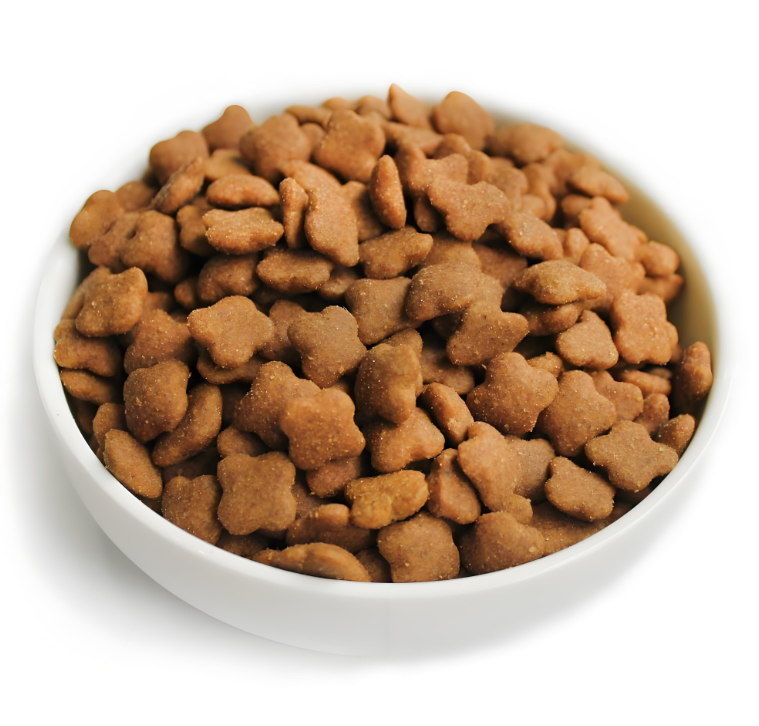
- Ingredient Quality and Sourcing: Premium feeds mandate high-quality, sustainable ingredients. The origin and processing of the fishmeal (e.g., from trimmings vs. whole fish, from a certified sustainable fishery) are critical.
- Palatability and Physical Properties: The formula must not only be nutritious but also produce a pellet with the right sinking or floating speed, hardness, and water stability.
- Supply Chain Reliability: The formula must be robust enough to accommodate minor fluctuations in raw material quality without compromising the final product.
The output of this phase is a precise “recipe” listing every ingredient and its exact percentage inclusion, which serves as the master document for the entire production run.
Phase 2: The Raw Material Sourcing and Quality Assurance
The quality of the final product is inextricably linked to the quality of the inputs.fish food making machine High-end feed producers invest heavily in a robust supply chain and incoming quality control.
2.1. Core Raw Materials:
- Fishmeal: The traditional gold standard of protein sources for carnivorous fish. High-end feed uses premium, high-protein (often >68%), low-ash fishmeal from specific regions (e.g., Peru, Chile, Scandinavia). Its quality is assessed by protein content, freshness indicators (like Histamine levels), and fatty acid profile.
- Fish Oil: The primary source of omega-3s. Its quality is measured by its purity, oxidation levels (Peroxide Value, Anisidine Value), and EPA/DHA content.
- Plant Proteins: To reduce reliance on marine resources and cost, a significant portion of protein now comes from plants. Soybean concentrate, corn gluten, and wheat gluten are common. The key is to use highly refined forms with anti-nutritional factors (like trypsin inhibitors in soy) removed.
- Cereals and Starches: Wheat, corn, and peas provide energy and act as natural binders. Their starch component is crucial for the extrusion process.
- Micro Ingredients: This is the “vitamin-mineral premix,” a proprietary blend manufactured by specialized companies. It is a homogeneous powder where all the trace vitamins, minerals, and sensitive additives are pre-mixed with a carrier (like rice bran) to ensure they can be evenly distributed in the large batch.
2.2. Incoming Quality Control (QC):
Every single delivery of raw material is subjected to rigorous testing before it is allowed into the storage silos.
- Visual and Olfactory Inspection: Trained personnel check for off-colors, mold, or rancid smells.
- Rapid NIR (Near-Infrared) Spectroscopy: This is used for instant analysis of moisture, protein, fat, and ash content, cross-referencing against the supplier’s certificate of analysis.
- Wet Chemistry Lab: For more detailed and definitive analysis. This includes:
- Analisi prossimale: Determining moisture, crude protein (Kjeldahl method), crude fat (Soxhlet extraction), crude fiber, and ash.
- Peroxide Value (PV) and Anisidine Value (AV): To assess the oxidation level of oils and fats. Rancid fats are detrimental to fish health and palatability.
- Microbiological Testing: Checking for levels of Salmonella, E. coli, and total plate count.
- Mycotoxin Screening: Using ELISA kits to detect aflatoxins, ochratoxin, etc.
Only materials passing all QC checks are approved for production, ensuring a consistent and high-quality starting point.
Phase 3: The Manufacturing Process – A Symphony of Grinding, Mixing, and Transformation
This is the core physical transformation, fish food making machine ,where raw materials are converted into the familiar pellet. It is a continuous, tightly controlled process.
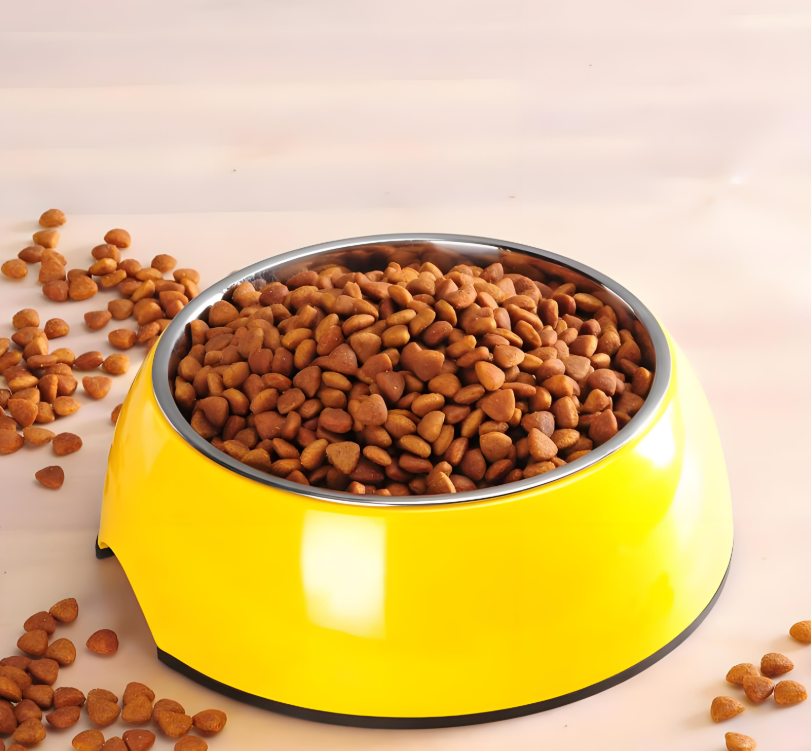
3.1. Grinding (Size Reduction):
The first step on the production line is to reduce the particle size of all solid raw materials. This is typically done using hammer mills or roller mills. The goal is to achieve a fine, uniform flour-like consistency. Why is this so important?
- Increased Surface Area: Finer particles have more surface area, which allows for more complete and efficient digestion by the fish.
- Homogeneous Mixing: It is impossible to evenly distribute 100 grams of a vitamin premix into a ton of feed if the major ingredients are in large, coarse particles. A uniform particle size is essential for a homogenous mix, ensuring every single pellet contains the exact same nutritional profile.
- Improved Pellet Quality: Fine grinding leads to a denser, more cohesive pellet that is more stable in water and less prone to disintegration.fish food making machine
The ground material, now called “mash,” is transported via pneumatic systems to the mixing stage.
3.2. Weighing and Mixing (The Art of Homogeneity):
This is arguably the most critical step for nutritional consistency. The mash from the grinding stage is weighed precisely according to the formulation recipe and introduced into a large batch mixer. Simultaneously, the liquid ingredients—fish oil, phospholipids, and any other liquid additives—are weighed and prepared for injection.
The mixing process is a carefully timed operation. Under-mixing leads to “hot spots” where some pellets are overloaded with vitamins while others have none. Over-mixing can cause segregation of particles due to differences in density and static electricity. High-speed, fish food making machine ,double-ribbon mixers are standard, achieving a Coefficient of Variation (CV) of less than 5-7% for major components like salt, a marker for mix uniformity. The micro-ingredient premix is added at this stage, and the entire batch is mixed for a predetermined time to create a perfectly uniform blend.
3.3. Conditioning:
The homogeneous mash is then passed through a conditioner—a long, heated screw conveyor. Live steam is injected into the mash, raising its temperature and moisture content. Conditioning serves several vital functions:
- Gelatinization of Starch: The heat and moisture cause the starch granules in the cereal components to swell and gelatinize. This gelatinized starch is far more digestible for the fish and acts as a powerful natural binder in the subsequent pelleting process.
- Partial Pasteurization: The heat helps to reduce the microbial load (bacteria, molds) in the raw materials.
- Plasticization: It makes the mash pliable and ready for the intense pressure of the pelleting machine.
The conditioning parameters (temperature, retention time, moisture) are precisely controlled based on the recipe. For high-energy diets, fish food making machine ,the conditioning temperature might be higher to achieve a greater degree of starch gelatinization.
3.4. Pelleting: The Two Main Technologies – Pressing vs. Extrusion
This is where the physical form of the feed is created. The choice of technology is fundamental and differentiates standard feed from high-performance feed.
A. Sinking Pellets: The Die Press
For some species like shrimp and some marine fish, a dense, sinking pellet is required. This is produced using a pellet mill.
- The Process: The conditioned mash is fed into a pellet mill, where it is forced by a rotating roller through a hardened steel die—a thick metal plate with precisely drilled holes.
- The Result: The intense pressure and friction generated as the mash is squeezed through the die further heats the material (to 80-90°C), cooking it and forming dense, compact pellets. As the continuous strands of pellet emerge from the other side of the die, a rotating knife cuts them to the desired length.
- Characteristics: Pellets from a die press are generally denser and sink rapidly. They have a lower fat absorption capacity (typically 8-12% added oil post-pelleting). The process is less flexible in terms of pellet shape and size and is generally more energy-efficient.
B. Floating/Slow-Sinking Pellets: The Expander and Extruder
For most high-end feeds, particularly for species like salmon and trout, extrusion cooking is the technology of choice. fish food making machine ,It offers unparalleled flexibility and superior physical quality.
- The Expander (Pre-conditioning): Often, the mash is first passed through an expander, a machine similar to an extruder but with a simpler design. It subjects the mash to higher pressure, temperature, and shear than a standard conditioner, achieving near-complete starch gelatinization. This “super-conditioning” is especially useful for high-starch or high-fiber recipes.
- L'estrusore: The heart of modern feed production. An extruder is a complex machine consisting of a screw(s) rotating inside a barrel. The conditioned or expanded mash is fed into the extruder. As it moves along the barrel, it is subjected to a combination of:
- High Pressure: Generated by the configuration of the screws and the restriction at the die head.
- High Temperature (120-150°C): Generated by both external heating jackets and the immense internal friction and shear.
- Intense Shear: The mechanical working of the screws kneads the mash into a viscous, plasticized dough.
- The “Flash” and Expansion: When this hot, pressurized dough is forced through the die plates at the end of the barrel, it is instantly exposed to atmospheric pressure. This causes the superheated water vapor trapped within the dough to expand violently, creating a multitude of tiny air pockets throughout the pellet. This process is called “flash evaporation” or “puffing.”
- Taglio: Immediately outside the die, a high-speed rotating knife cuts the expanding dough into pellets of precise length.
- Characteristics and Advantages of Extrusion:
- Buoyancy Control: By adjusting the recipe, screw configuration, and die pressure, the density of the pellet can be precisely controlled to produce fast-floating, slow-sinking, or sinking pellets. This allows farmers to match the feed to the feeding behavior of the fish.
- Superior Water Stability: The extensive starch gelatinization creates a very stable matrix that prevents the pellet from disintegrating quickly in water, reducing nutrient leaching and water pollution.
- High Fat Absorption: The porous, expanded structure of extruded pellets acts like a sponge, allowing them to be coated with very high levels of oil (often 25-35% for high-energy salmon diets), dramatically increasing the energy density.
- Shape and Size Versatility: Extruder dies can be manufactured to produce a vast array of shapes (cylinders, stars, cubes) and sizes (from fine crumbs for fry to large pellets for broodstock), all from the same machine.
Phase 4: Post-Pelleting Applications – The Final Enhancements
The pellets exiting the extruder or press are soft, moist, and hot. They are not yet the final product. A series of post-processing steps are crucial for stability and performance.
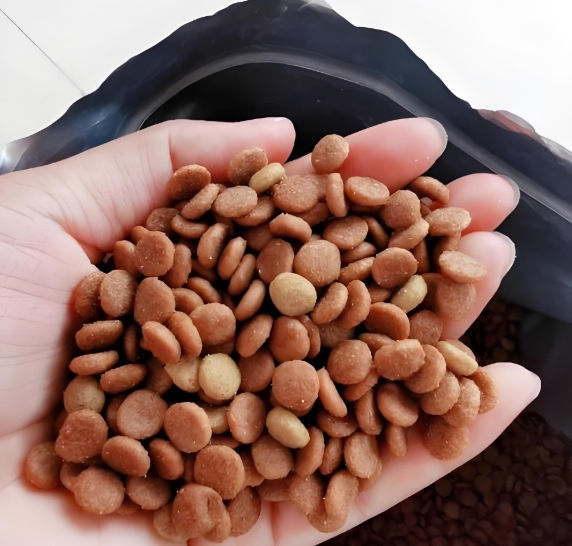
4.1. Drying:
The hot, moist pellets (~25-30% moisture) are conveyed to a multi-pass dryer, typically using hot air. The drying process is gentle and gradual to avoid case-hardening (where the outside becomes hard and crusty, trapping moisture inside). The goal is to reduce the moisture content to a stable 8-10%, which prevents microbial growth and ensures a long shelf life. The temperature and time profile are critical to avoid damaging heat-sensitive nutrients.
4.2. Cooling:
After drying, the pellets are still warm. They are passed through a cooler, which uses ambient or slightly cooled air to bring them down to within a few degrees of room temperature. This stabilizes the pellet and prepares it for liquid coating.
4.3. Liquid Coating (Post-Actuation):
This is where the bulk of the fat and any heat-sensitive liquid additives (like certain vitamins, pigments, and health supplements) are added. The dry, cool, and porous pellets are tumbled in a large, horizontal drum, often called a coater or fat blender. A fine mist of the liquid coating is sprayed onto the tumbling pellets, which are then absorbed into the porous structure. This method prevents these sensitive and valuable components from being destroyed by the high heat of the extrusion process. Sophisticated vacuum coating systems can create a negative pressure inside the pellet,fish food making machine, pulling the liquids deeper into the core for even more uniform distribution and reduced dust.
4.4. Screening and Bagging:
The finished pellets are passed over a series of vibrating screens to remove any fines (small broken particles) and over-sized pellets. The “on-size” product is then conveyed to storage bins or directly to the bagging line. High-end feeds are often packed in multi-layer, plastic-lined bags to protect them from moisture and oxidation during storage and transport. The bags are weighed, sealed, palletized, and sent to the warehouse, ready for shipment to fish farms around the world.

Phase 5: The Unseen Guardian – Quality Control Throughout the Process
Quality control is not a single step but a pervasive philosophy embedded in every stage of production.
- In-Process Checks: Operators constantly monitor key parameters: mash particle size, conditioner temperature and moisture, extruder barrel temperatures and pressures, dryer temperatures and moisture profiles, and final pellet durability.
- Final Product Testing: Samples from every production batch are sent to the QC lab for a battery of tests:
- Physical Quality: Pellet Durability Index (PDI) measures the resistance to breakage. Water Stability tests how long the pellet holds together in water.
- Nutritional Verification: Proximate analysis is run to verify the feed meets the guaranteed analysis on the label (protein, fat, fiber, etc.).
- Valutazione sensoriale: Checking for proper color, smell, and texture.
- Stability Trials: Samples are stored in accelerated aging chambers (high temperature and humidity) to predict shelf life and ensure the feed remains stable and non-rancid.
Phase 6: The Future – Sustainability and Innovation
The production of high-end aquaculture feed is a field of constant innovation, driven by the need for greater sustainability.

- Alternative Proteins: The search for sustainable alternatives to fishmeal is intense. Promising candidates include insect meal (from black soldier fly larvae), single-cell proteins (from bacteria or yeast), and algal meal. These are being integrated into formulations to reduce the industry’s dependence on wild-caught fish.
- Novel Oils: Similarly, algal oils rich in DHA and EPA are now commercially available, providing a sustainable, terrestrial source of critical omega-3s, decoupling them from finite marine resources.
- Precision Feeding and Digitalization: Feeds are being developed to work in concert with smart feeding systems that use sensors and AI to feed the exact right amount at the right time, minimizing waste.
- Advanced Functional Feeds: Research is focusing on “vaccine-feeds” (edible vaccines), feeds that manipulate the gut microbiome more precisely, and feeds that further enhance filet quality and shelf-life for the consumer.
The journey of creating a single pellet of high-end aquaculture feed is a remarkable feat of modern manufacturing. It is a process that seamlessly blends the sciences of nutrition, chemistry, biology, and physics with the arts of engineering and process control. fish food making machine ,What begins as a diverse palette of raw materials—from the oceans and the fields—is transformed through grinding, mixing, cooking, and coating into a highly engineered, life-sustaining product. This pellet is not merely food; it is a delivery system for health, growth, and sustainability, representing the culmination of decades of research and a relentless pursuit of perfection. As global demand for seafood continues to rise, the silent, sophisticated alchemy happening in feed mills around the world will remain a cornerstone of a responsible and productive aquaculture industry.

